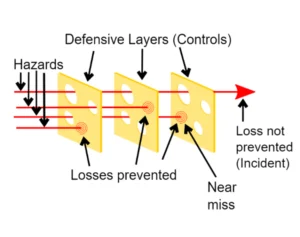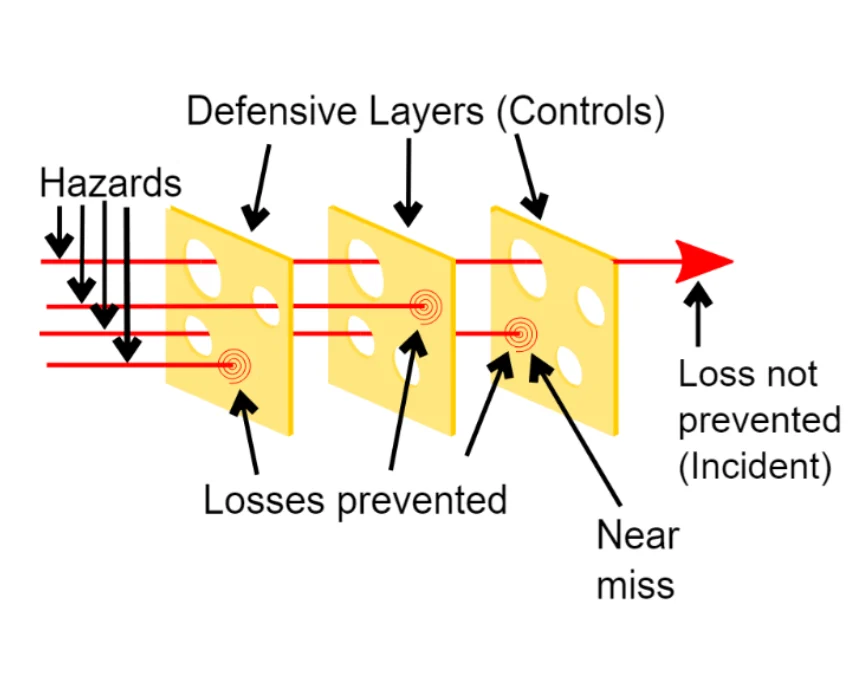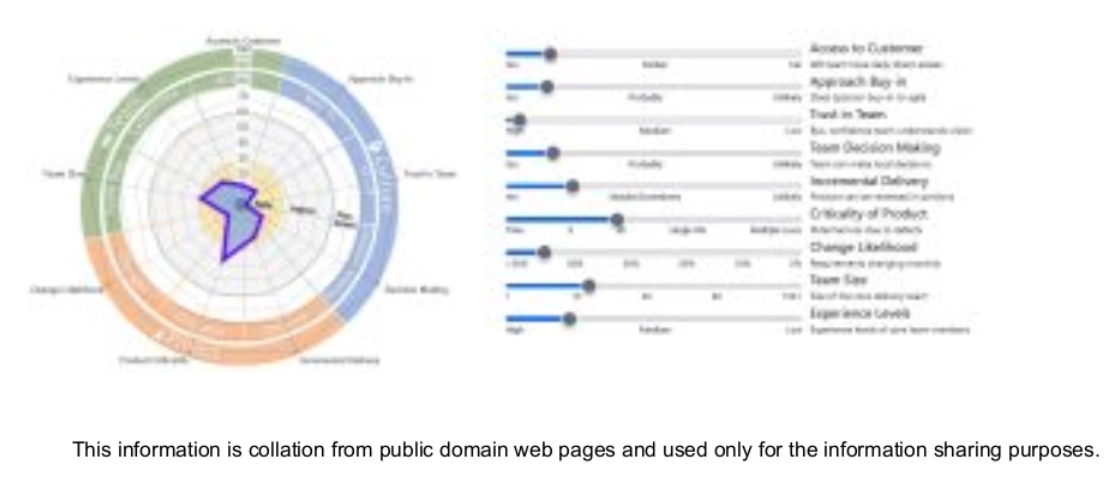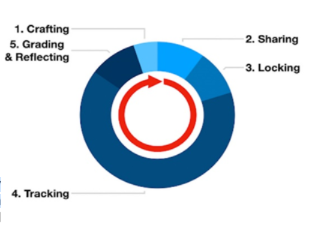Swiss Cheese Model:-
The Swiss Cheese Model, also known as the Swiss Cheese technique or method, is a framework for analyzing and preventing accidents and errors in complex systems. It was developed by James Reason in 1990.
The model envisions each layer of organizational defense as a slice of Swiss cheese, with holes representing weaknesses or vulnerabilities. When the holes in multiple layers temporarily align, they create a pathway for an error or accident to occur. High risk industries like healthcare, aviation, nuclear power and others find this model most useful.
Johari Window:-
Types of Failures The model identifies two types of failures:
- Active Failures: Direct actions by individuals that immediately lead to problems
- Latent Conditions: Underlying systemic weaknesses that may lie dormant until combining with active failures
Defense Layers Each layer represents different types of defensive barriers:
- Organizational factors (policies, procedures)
- Supervision and management oversight
- Environmental conditions and safeguards
- Individual actions and decisions





